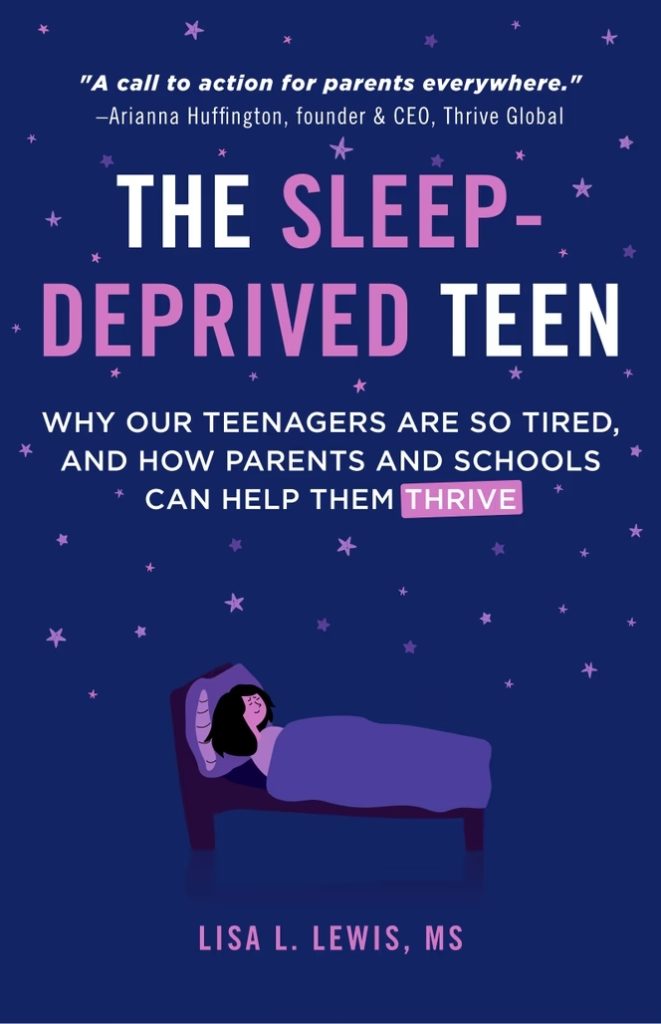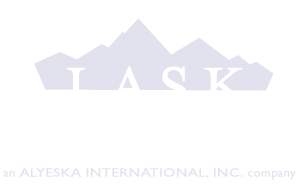Terra Ziporyn Snider of Severna Park, Maryland, still remembers how difficult it was for her son to wake up for his 7:17 a.m. first-period class when he was in high school. There were times he’d turn on the shower, then head back to bed while waiting for the water to warm up, only to fall back asleep. One morning, he made it out the door but didn’t get far: He backed the car into the garage door because he’d forgotten to open it.
That was in 2012. And though the morning travails of her kids’ high-school years had prompted Ziporyn Snider to co-found the national nonprofit Start School Later around the same time, the school is only now set to shift to an 8:30 a.m. start time, effective this fall.
The American Academy of Pediatrics (AAP), which has called for later school start times since 2014, recommends that middle and high schools start no earlier than 8:30 a.m. But until recently, there’s been a patchwork approach to meeting that recommendation. The result: While various districts, cities, and counties have opted to make changes, the majority of middle and high schools still start too early. These start times make it nearly impossible for teens, whose body clock tends to shift to a later schedule at the onset of puberty, to get the eight to 10 hours of sleep recommended for their health and well-being.
That’s about to change in California, when a law—the first of its kind in the nation—goes into effect on July 1 requiring the state’s public high schools to start no earlier than 8:30 a.m., and its middle schools no earlier than 8 a.m. Both New York and New Jersey also have similar bills under consideration.
Places that have already pushed back school start times have repeatedly seen positive results. When Seattle’s public-school district shifted its start time in 2016 (from 7:50 a.m. to 8:45 a.m.), students got a median of an additional 34 minutes of sleep a night as a result. And in Cherry Creek, a Denver-area suburb, high schoolers slept about 45 minutes longer on average, and those improvements endured even two years after the change.
Despite success stories like these around the U.S., the national sleep statistics for teens remain dismal. In 2007, when the CDC first started asking about teen sleep in the national Youth Risk Behavior Survey, only 31 percent of high schoolers said they got at least eight hours of sleep on school nights. By 2019, that had slid to 22 percent.
That’s quite concerning, given that eight hours is actually the minimum amount they need.
Teen-sleep deprivation affects grades, attendance, and graduation rates. It leads to greater risk of injury for adolescent athletes, and more drowsy-driving crashes. And it worsens mental-health issues—including anxiety and suicidality. That’s profoundly unsettling, particularly in light of data released by the CDC in April showing that 44 percent of high schoolers said they’d had “persistent feelings of sadness or hopelessness” during the past year, and 20 percent had seriously contemplated suicide.
The circadian-rhythm shifts that happen in puberty are an important consideration. But societal factors also contribute to teens’ chronic sleep deprivation. Teenagers are frequently overloaded, strapped for time, and asked to wake far too early for school. Most teens should still be sleeping well past when their alarm clocks ring in the morning in order to attain the recommended amount of sleep: A teen who must wake at 6 a.m. would need to fall asleep each night between 8 p.m. and 10 p.m., which runs counter to reality because of teen body clocks and the demands of homework, among other factors.
Improving the situation starts with valuing sleep. There are changes parents can make at home and in their teens’ schedules to encourage sleep and to make it a priority, such as setting family rules for tech use. For example, charging all devices in a central location rather than in the bedroom can help curtail late-night use.
But families can do only so much, given school schedules. Unlike internal body clocks, school start times can be changed as a way to help teens get more sleep. Since the 2014 AAP recommendation, the consensus that later start times are better for adolescents has continued to grow.
The new law in California means that in the most populous state in the nation, the majority of students at public high schools and middle schools—about 3 million of them—will now have healthy start times. This is progress. Also promising are the schools that delayed their start times for remote instruction during the pandemic and kept that schedule in place even after returning to in-person instruction.
Although later start times are an essential step, more remains to be done to help teens get the rest they need. At the broader level, we need to address the pressure-cooker environment teens face and take steps to lower their stress. It may mean reevaluating all of their commitments—and even paring those down—to ensure enough time for sleep. In their quest to meet all of the expectations that have been placed on them, our teens are shortchanging their sleep, and it’s harming their well-being.
There has been the same discussion here in Alaska about school start times. So, what is your opinion? Is your teen sleep-deprived? Would later school start times improve this issue in your household?
If your child or teenager has chronic sleep issues, they could have sleep apnea. Alaska Sleep Clinic is the most experienced with pediatric sleep studies. Call us today @ 907-357-6700.
Download The Pediatric Questionnaire








